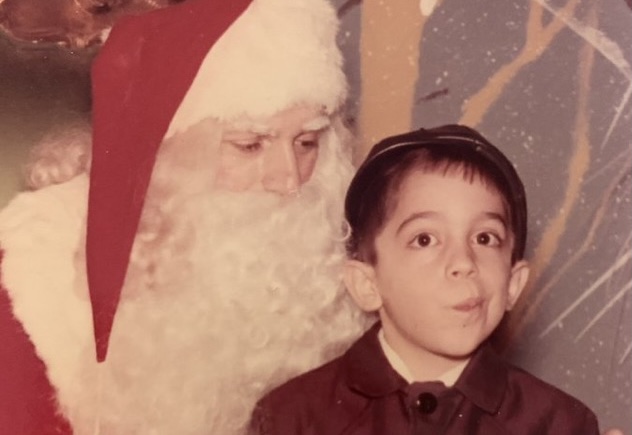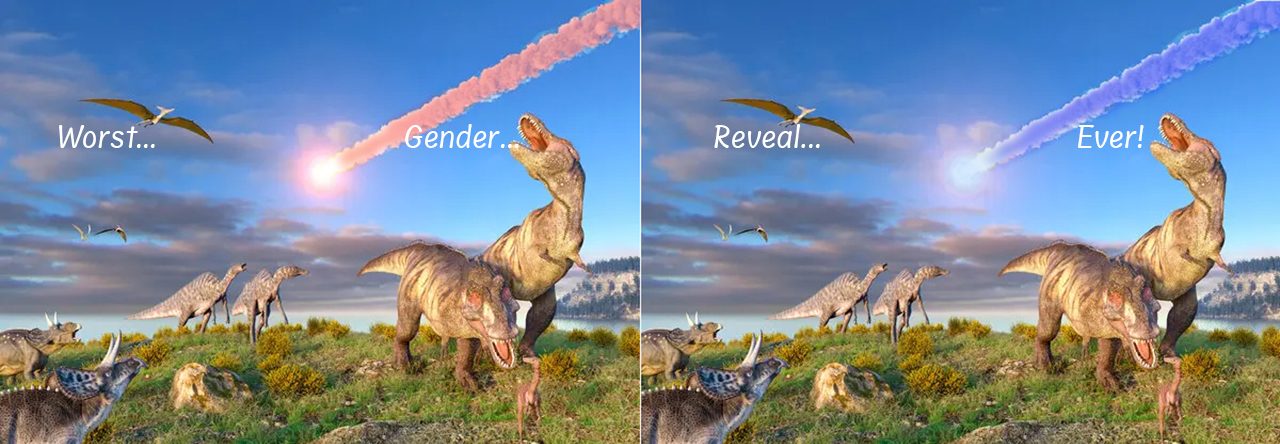
Richard L Pastore was born in Brooklyn New York on a sweltering summer’s day. He spent his entire formative years in that city until moving to New Jersey at the age of 21. Pursuing an education in Cognitive Psychology led to a career in User Interface Design. During a minor behavioral glitch called “midlife crisis” he switched careers to become a Business Analyst. Although having traveled across the country quite a bit, he feels most at home along the eastern shore of these United States. Be forewarned, should you choose to engage him in a conversation regarding anything food-related; whether it be the history of, growing of, or cooking of; he won’t shut up.
My Books
Here are the Kindle versions of my books. For paper versions available both on other resellers as well as Amazon, use my Books by Richard L. Pastore page.
